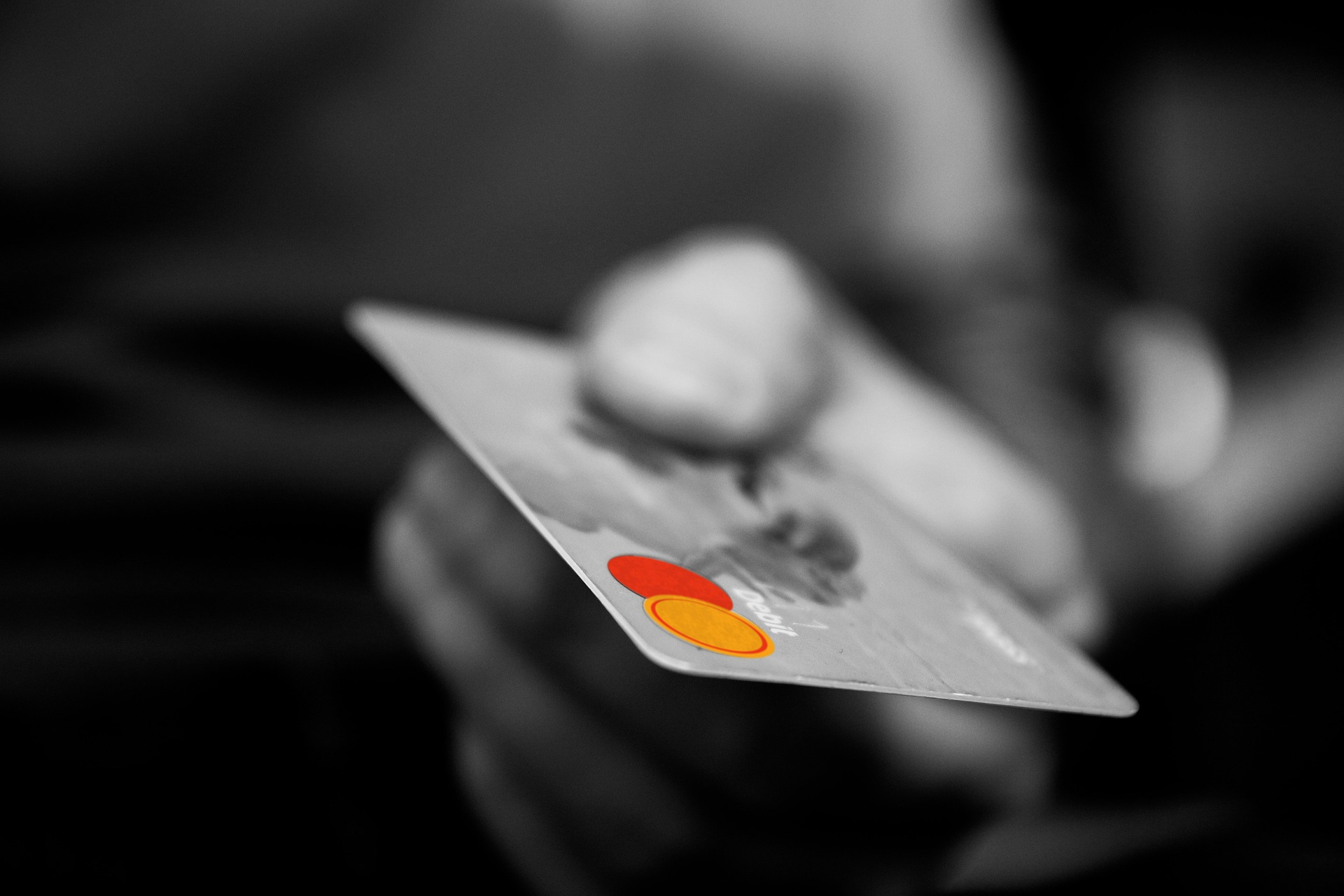
The New P.O.S. – Modern Changes to Traditional Point of Service Terminals
By: Sentry Marketing Group
November 2, 2015
Recent years have seen the advent of a slew of innovations changing how people pay for merchandise, food, and hospitality, and point of sale technology has had to grow and adapt accordingly. Here, we look at some of the implications for hardware and software at the register.
Ecommerce has become a dominant force in the retail industry and travel websites have changed the face of sales for hotels and airlines. Smartphones enable a number of different kinds of mobile payments while a rise in cybercrime has banks, merchants, and regulators looking for ways to make POS payments more secure. One result is a wide variety of potential upgrades for POS terminals and payment systems. Here is a basic rundown of how our traditional point of sale terminals – cash registers and credit card machines – are rising to the challenge.
EMV
EMV is a security-related standard for card-present point of sale purchases. EMV-compliant cards are the ones being issued all over the U.S. right now (and several years ago in Europe and Canada) that have the little square gold chip embedded in them. That chip enables a verification process that is more difficult to duplicate than magnetic swipe cards, and is widely accepted as a more secure option for POS credit card transactions.
The adoption of the EMV standard requires banks to re-issue existing cards to include both the chip and the magnetic stripe (since there will for many years be hold-outs that don’t have the equipment to use the chip) and for stores to replace their current card readers with cards that can read the chips and upgrade systems to process the information, which has been the sticking point for U.S. card-issuers and merchants until recently. Banks did not want to incur the cost of re-issuing cards with the chips if their customers would not be able to use them and stores didn’t want to shell out for the readers if no one was going to have the cards. Recently, though, the payment industry cam to a decision on the matter, in form of a sort of agreement popularly referred to as the “EMV liability shift“. As of October 1, merchants without the equipment to read the EMV enabled cards will be held liable for any fraudulent charges that result from those cards being compromised at their terminal. In reality, that liability could be pretty difficult to prove definitively, but the result of the agreement is that both banks and merchants are starting to accept EMV as the way forward and are making adjustments accordingly.
The next big question, then, is whether chip & PIN – which resembles the process we’re used to using for debit cards – or chip & signature – which resembles the familiar credit card process – will dominate. Most experts agree that chip and PIN is significantly more secure since it requires two-factor authentication before the transaction can be completed. Nevertheless, some merchants argue that it is more troublesome to customers to enter a PIN that to sign their name. It is difficult to see, however, how the inconvenience of remembering a PIN could outbalance the inconvenience of having one’s credit card information compromised.

This ‘simple’ diagram from UPC Inc., which supplies EMV compliant hardware for unattended POS terminals, illustrates how EMV authentication works. Click to enlarge.
NFC (Near Field Communication)
NFC is the radio-frequency identification (RFID) technology upon which services like ApplePay and Android Pay are based. In short, customers register a credit card (or all their credit cards) with the service appropriate to their particular mobile device and, at POS terminals that are equipped with an NFC receiver, their phone (upon command) established a secure channel then transmits the encrypted payment information. Though the security of information transmitted via NFC cannot be absolutely guaranteed, there are precautions that merchants can take to prevent information from being stolen.
ApplePay and Android Pay are accepted at many of the same stores (just north of 70 as of this article), including major chains like Walgreens, Subway, McDonald’s, Staples, Chevron, and even the airline jetBlue.
New options on the POS screen
With the advent of PayPal as an integrated payment option at retailers like Home Depot and Toys “R” Us, we see virtual cash taking its place int he mainstream. Until now, forms of payment included drawing on funds held in a bank or charging a purchase to a line of credit. PayPal is neither, so its being accepted as a direct form of payment lends an unprecedented legitimacy, bringing virtual currency fully into the real world. Or, perhaps, expanding the real world into the virtual space.
Kiosk ordering and self-check
Self-check has become a common POS development, though one not without its downfalls. It has been the subject of many a comedic commentary, like the popular “self-scanners are a scam” scene from “The One That Got Away” episode of the Fox comedy The Mindy Project.
Restaurants are also testing out – and seeming to have success with – the “self-check” idea. Quick service chains Jason’s Deli and Panera Bread Company both provide customers with the option of ordering certain popular items from kiosks near the entrance and skip the line altogether.
To learn more about how technology is changing POS transactions, check out the first part of this series, Mobile Technology at the Point of Sale.